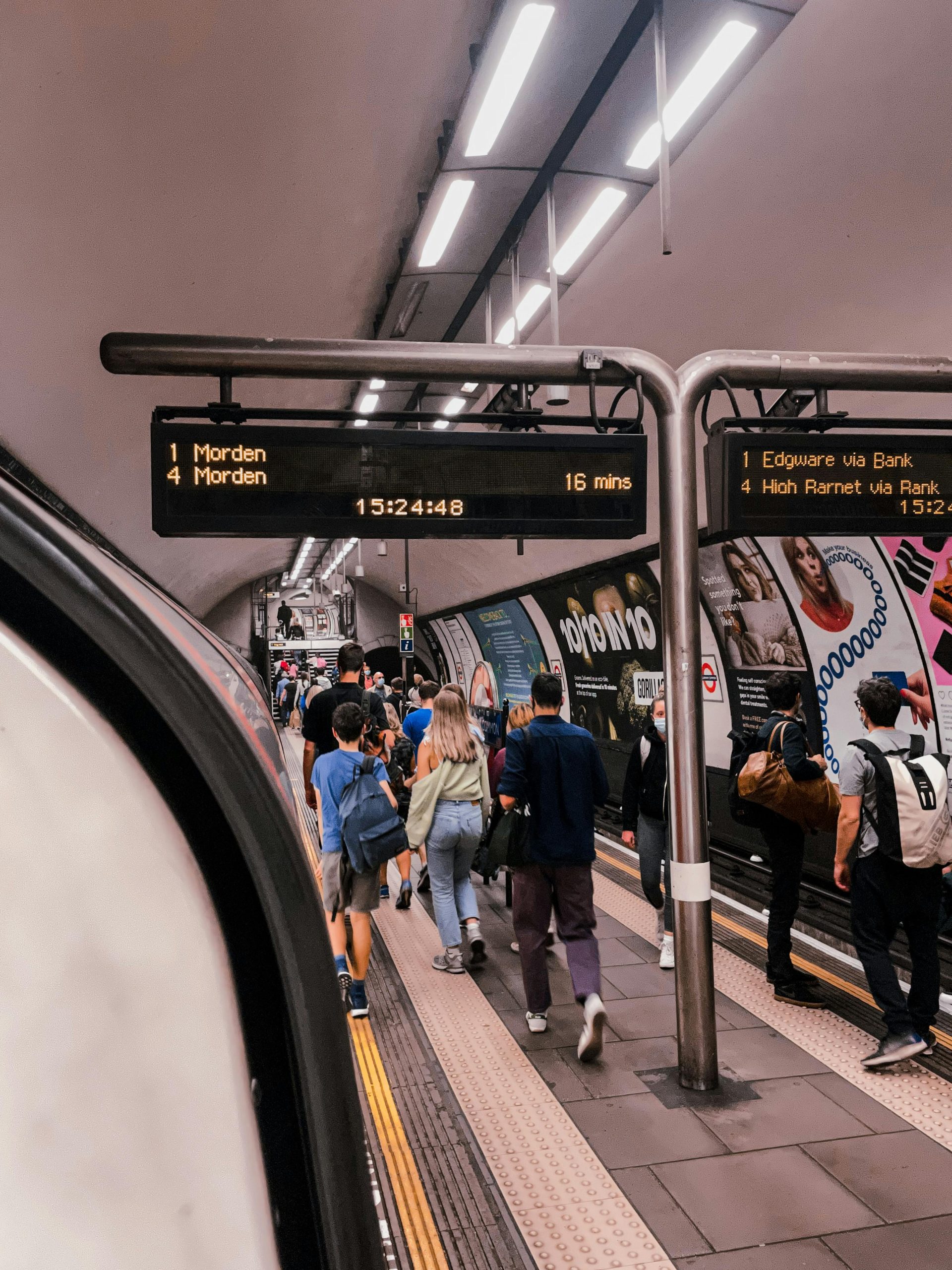The Benefits of Pedestrianization: A New Era for Urban Spaces
In recent years, the movement towards pedestrian-friendly spaces has gained significant traction across various urban environments. One shining example is Camden Market, which stands out as a vibrant and lively area that invites visitors to explore its diverse offerings on foot. The experience of wandering through this market is truly enriching, as it allows for a leisurely appreciation of the local culture and unique vendors.
Conversely, iconic streets like Oxford Street could greatly benefit from embracing this trend. Modernizing such bustling thoroughfares to prioritize pedestrians would not only enhance the shopping experience but also promote a more sustainable and accessible urban landscape. By reducing vehicle traffic, we can foster a sense of community and encourage locals and tourists alike to immerse themselves in the sights and sounds that these lively spaces have to offer.
As discussions around urban planning continue to evolve, it’s clear that the future of city spaces lies in creating environments that prioritize pedestrians. Giving people the freedom to roam without the constraints of traffic could lead to thriving local economies and happier communities. Let’s hope that more cities take note and strive to create pedestrian-friendly areas that enrich the urban experience for everyone.


Valuable Insights on Pedestrianisation in London
This discussion highlights an important aspect of urban development that London is increasingly embracing. As a resident, I’ve noticed how pedestrianised areas like the South Bank and parts of Covent Garden have transformed the city into more inviting and lively spaces. These zones not only boost local businesses but also significantly improve air quality and safety for residents and visitors alike.
It’s worth considering the potential impact of extending pedestrianisation initiatives to other busy areas such as Oxford Street and Tottenham Court Road. Implementing measures like widened pavements, more greenery, and designated walking zones can make these streets more accessible and enjoyable. Additionally, integrating temporary pedestrian zones during peak times or events could serve as valuable pilots, helping us refine strategies that benefit the community.
Ultimately, creating more pedestrian-friendly environments aligns with London’s goal to be a sustainable, vibrant, and inclusive city. Thoughtful planning and community input will be key in ensuring these developments serve everyone’s interests while preserving the unique character of each neighbourhood.